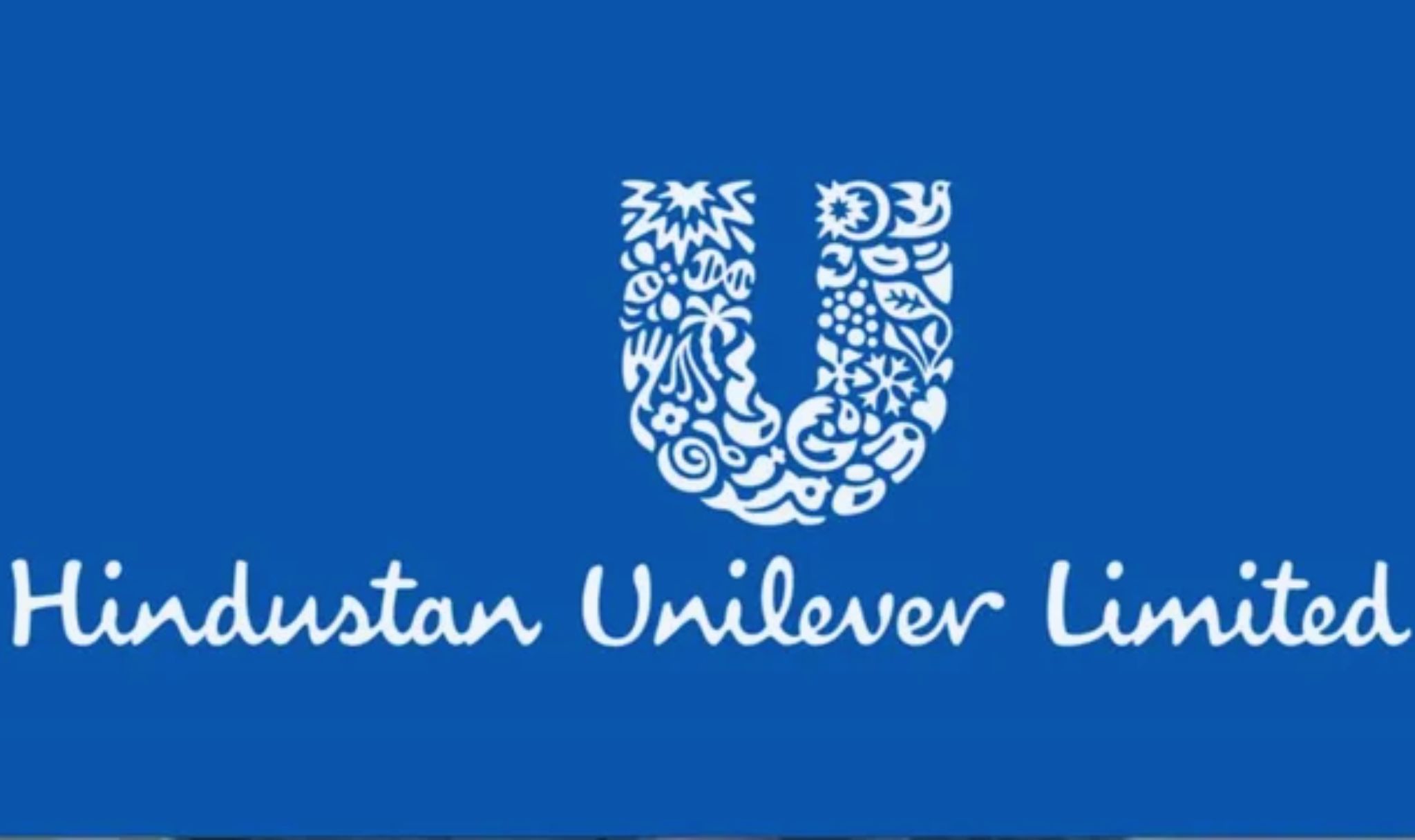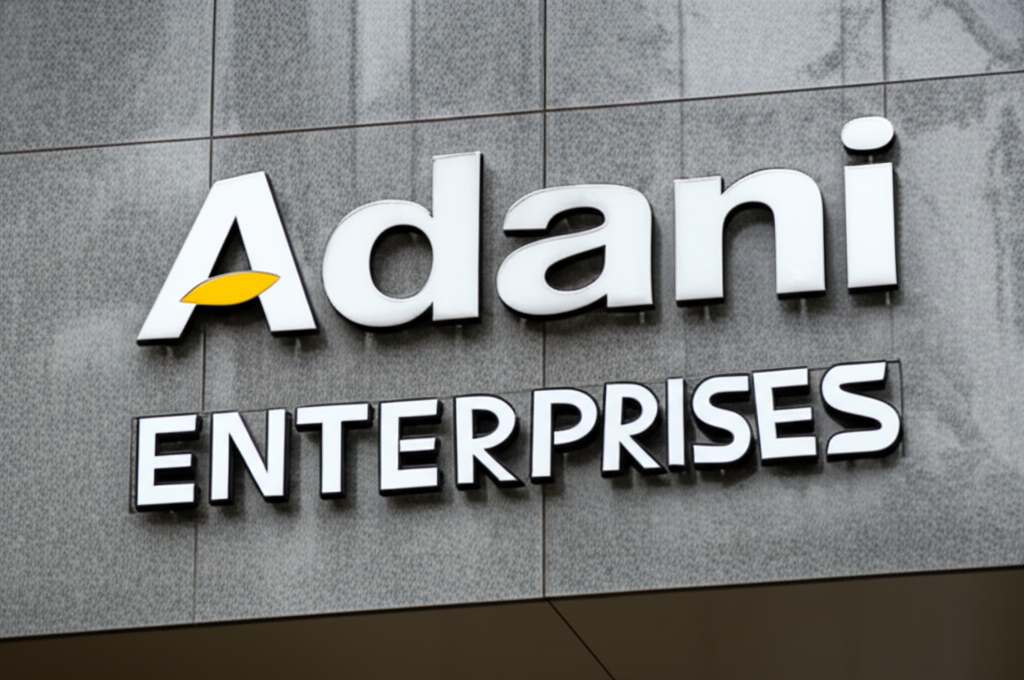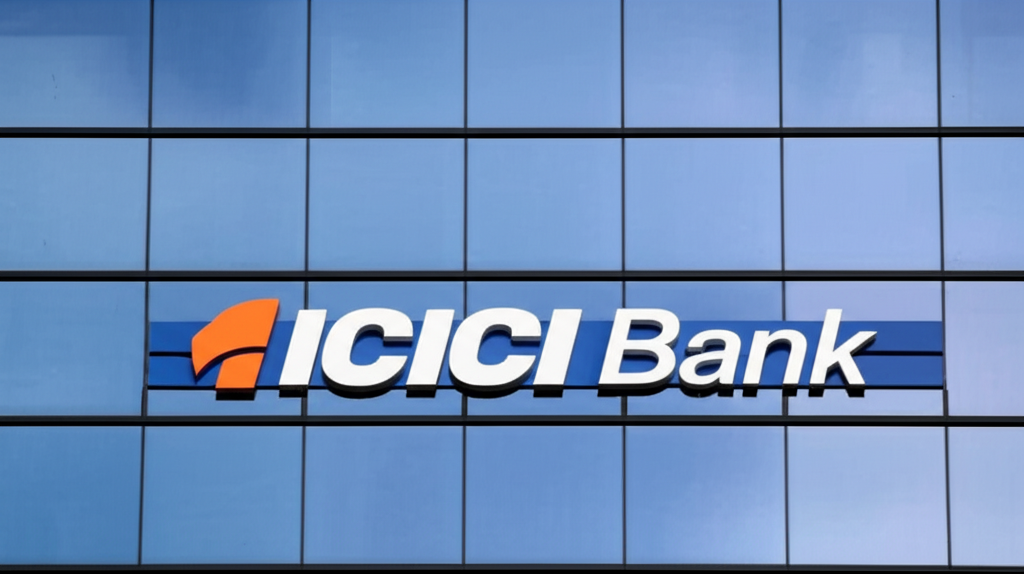Hindustan Unilever Limited (HUL), India’s leading fast-moving consumer goods (FMCG) company and a subsidiary of Unilever, unveiled a bold strategic shift following its Q4 FY25 (January–March 2025) earnings on April 24, 2025. The company announced a focus on volume-led growth over short-term margin expansion, lowering its EBITDA margin guidance to 22–23% to fund increased investments in advertising, trade channels, and product innovation. Detailed in a filing with the Bombay Stock Exchange (BSE), this pivot has sparked bullish calls from brokerages, who see HUL strengthening its dominance in beauty, home care, and foods. Despite a modest 3.7% year-on-year (YoY) profit increase to ₹2,493 crore and 2.1% revenue growth to ₹15,000 crore, the strategy aligns with long-term market opportunities, driving optimism. This 2500-word article analyses performance, the rationale behind its growth-focused approach, brokerage reactions, investor sentiment on X, and implications for the FMCG sector, drawing on recent market insights.
HUL’s Q4 FY25 Performance: A Balanced Act
HUL’s Q4 FY25 results, announced on April 24, 2025, reflected resilience in a challenging consumption environment. Per the BSE filing, standalone net profit rose 3.7% YoY to ₹2,493 crore from ₹2,406 crore in Q4 FY24, slightly above the Moneycontrol analyst estimate of ₹2,435 crore. Standalone revenue grew 2.1% YoY to ₹15,000 crore, compared to ₹14,693 crore, but missed the projected ₹14,913 crore. For FY25, consolidated revenue reached ₹60,680 crore, with a profit of ₹10,644 crore. HUL proposed a total dividend payout of ₹12,453 crore, including a ₹24 per share dividend, reinforcing its shareholder-friendly approach.
Segment-Wise Performance
HUL’s core segments—Beauty & Personal Care (BPC), Home Care, and Foods & Refreshment—showed mixed results:
- Beauty & Personal Care: Contributing significantly to revenue, BPC recorded a 5% profit increase but low single-digit sales growth due to pricing pressures. Bodywash achieved double-digit growth, reinforcing brands like Dove and Lux. Non-hygiene products grew in high single digits, while skin cleansing (e.g., Lifebuoy) saw low single-digit growth.
- Home Care: Generating ₹5,815 crore, this segment grew 2% YoY, driven by premium fabric wash (Surf Excel), fabric conditioners, and liquids (Vim). Dishwashing and household cleaners performed strongly.
- Foods & Refreshment: This segment lagged, with beverages like Lipton and Brooke Bond seeing low single-digit growth driven by pricing. Coffee brands like Bru maintained double-digit growth, but overall performance was subdued.
Underlying volume growth (UVG) improved to 2% in Q4, up from flat volumes in Q3, signalling a demand recovery. Pricing growth was muted due to stable commodity prices and selective price cuts in soaps and detergents. Gross margin expanded 350 basis points to 51.3%, but the EBITDA margin contracted 30 basis points to 23.4%, reflecting higher advertising and promotion (A&P) and channel spends.
Strategic Pivot: Growth Over Margins
HUL’s shift to prioritise margins departs from its historical focus on profitability, which has made it one of India’s most profitable MNCs, per FoMNCSe India. The revised EBITDA margin guidance of 22–23% (down 100 basis points) aims to fund investments in six high-growth segments: premium face care, premium hair care, body wash, home care liquids, condiments and mini meals, and wellbeing. These segments, generating ₹7,000 crore in FY24, are expected to double or quadruple in market size over the next decade, driven by rising incomes and premiumization.
Key Strategic Pillars
- Portfolio Transformation: HUL is reallocating 200 basis points of its portfolio to “future core” and “market maker” brands. Acquisitions like Oziva (₹400 crore in annual recurring revenue) and a 90% stake in Minimalist bolster its beauty and wellbeing portfolio. HUL plans to spin off its ice cream business, including Kwality Wall’s, Cornetto, and Magnum, into a listed entity by late 2025, aligning with Unilever’s global focus on beauty, home care, and nutrition.
- Premiumization and Innovation: HUL is premiumizing legacy brands like Ponds, Pears, and Lakmé with products like serums, moisturisers, and body washes. Global brands like Simple and Love Beauty and Planet have been introduced, alongside innovations like Liquid IV for hydration. The “design-to-value” framework optimises product pricing, while the “net productivity” program reinvests savings into brand development.
- Winning in Many Indias 2.0 (Wimi): HUL’s Wimi strategy classifies India into 16 consumer clusters, now targeting 100 affluent cities for growth. Data analytics and regional insights tailor products and marketing, ensuring competitiveness across urban and rural markets. E-commerce, contributing 7% to sales (double in beauty and wellbeing), is a key growth driver.
- Increased Investments: HUL is boosting A&P, trade channel spends, and R&D to stimulate demand. The company expects low single-digit price growth, assuming stable commodity prices, with volume growth driving revenue. Investments in digital capabilities and sustainability, like vending machines for refilling home care products, align with long-term goals.
- Sustainability and ESG: HUL is plastic-neutral, sources 100% renewable electricity, and supports initiatives like Project Shakti, empowering 200,000 rural women as micro-entrepreneurs. The Hindustan Unilever Foundation’s water conservation efforts enhance its ESG credentials.
CEO Rohit Jawa stated during the earnings call, “We are investing for the future, managing the near term competitively to emerge stronger post-slowdown.” This vision, despite short-term margin sacrifices, has fueled analyst optimism.
Brokerage Reactions: Bullish Sentiment
HUL’s growth-focused strategy has prompted bullish brokerage calls, with analysts praising its long-term vision. Moneycontrol reported upgrades from Emkay Global, CLSA, Jefferies, and Morgan Stanley:
- Emkay Global: Noted HUL’s aggressive intent in Beauty & Wellbeing, raising its target price to ₹2,900 (25% upside from the April 24 closing of ₹2,328.10). “Revised margin guidance signals a focus on growth,” the brokerage stated.
- CLSA: Maintained a “Buy” rating with a ₹3,000 target, citing premiumization and acquisitions like Minimalist. CLSA forecasts a 10% EPS CAGR over FY25–27, expecting HUL to outpace the FMCG market.
- Jefferies: Viewed HUL’s investments positively despite near-term margin concerns, setting a ₹2,850 target. Analyst Vivek Maheshwari called the strategy “a worry for margins but positive for competitiveness.”
- Morgan Stanley: Retained an “Overweight” rating, citing HUL’s ₹24/share dividend and strong fundamentals. The brokerage expects a recovery in H1 FY26, driven by portfolio transformation.
The consensus target price, per Bloomberg, averages ₹2,950, reflecting confidence in HUL’s ability to navigate challenges and capitalise ocapitaliseFMCG growth, projected at a 7–9% CAGR through 2030.
Implications for HUL and the FMCG Sector
HUL’s strategy has far-reaching implications:
- Market Leadership: Investments in high-growth segments and premium brands position HUL to outpace competitors like Procter & Gamble and L’Oréal in beauty and personal care. E-commerce and modern trade growth enhance their urban reach.
- Consumption Slowdown: Urban demand weakness persists, but rural growth, outpacing urban, benefits from HUL’s Wimi strategy and Project Shakti, ensuring balanced market coverage.
- Margin Dynamics: The 100-basis-point margin reduction may pressure short-term profitability, but gross margin strength and cost-optimisation programs provide flexibility. Analysts expect margin stabilisation by FY27.
- Competitive Landscape: Regional brands and D2C players challenge HUL in price-sensitive markets. Its premiumization and acquisitions aim to differentiate its portfolio, but execution is key.
- Sector Trends: HUL’s pivot reflects FMCG trends toward premiumization, digitalisation, and sustainability. Peers like Nestlé India and Dabur are also focusing on premium products and e-commerce, signalling a sector-wide shift.
Challenges and Risks
HUL faces several risks:
- Demand Uncertainty: Weak urban demand and rural recovery dependence on monsoons and inflation pose challenges, as noted by Jefferies.
- Margin Pressure: Higher A&P and channel spends could delay margin recovery if volume growth underperforms. Reuters highlighted inflation-driven shifts to smaller pack sizes.
- Competition: Regional brands and D2C players threaten rural markets. HUL’s 2024 distributor margin restructuring sparked tensions, potentially impacting its 7.7 million retail outlets.
- Valuation: At 46 times FY26 earnings, HUL’s premium valuation may cap upside if growth expectations falter.
Investors should consult certified financial advisors, per Moneycontrol and LiveMint.
Broader Industry Context
HUL’s strategy aligns with India’s evolving FMCG landscape, where low per capita consumption offers growth potential. India’s $3 trillion economy is projected to reach $5 trillion, driving FMCG growth, per CEO Rohit Jawa. Rising disposable incomes, urbanisation, and digital adoption fuel demand for premium products, while sustainability and health consciousness shape consumer preferences. HUL’s focus on e-commerce, premiumization, and ESG positions it to capitalise on these trends, setting a benchmark for peers like Colgate-Palmolive India and Godrej Consumer Products.
Conclusion
HUL’s Q4 FY25 results, with a 3.7% profit increase and 2.1% revenue growth, reflect resilience amid demand challenges. Its strategic shift to prioritise margins, lowering EBITDA guidance to 22–23%, has sparked bullish brokerage calls from Emkay Global, CLSA, and others, with target prices up to ₹3,000. Investments in premium segments, acquisitions like Minimalist, and the Wimi 2.0 strategy position HUL for long-term leadership, despite short-term margin pressures.















0 Comments